
Indoor Lighting Guide
Here we shed light on some tips and tricks that will help with selection, final installation and everything in between.
Lighting for Wellness
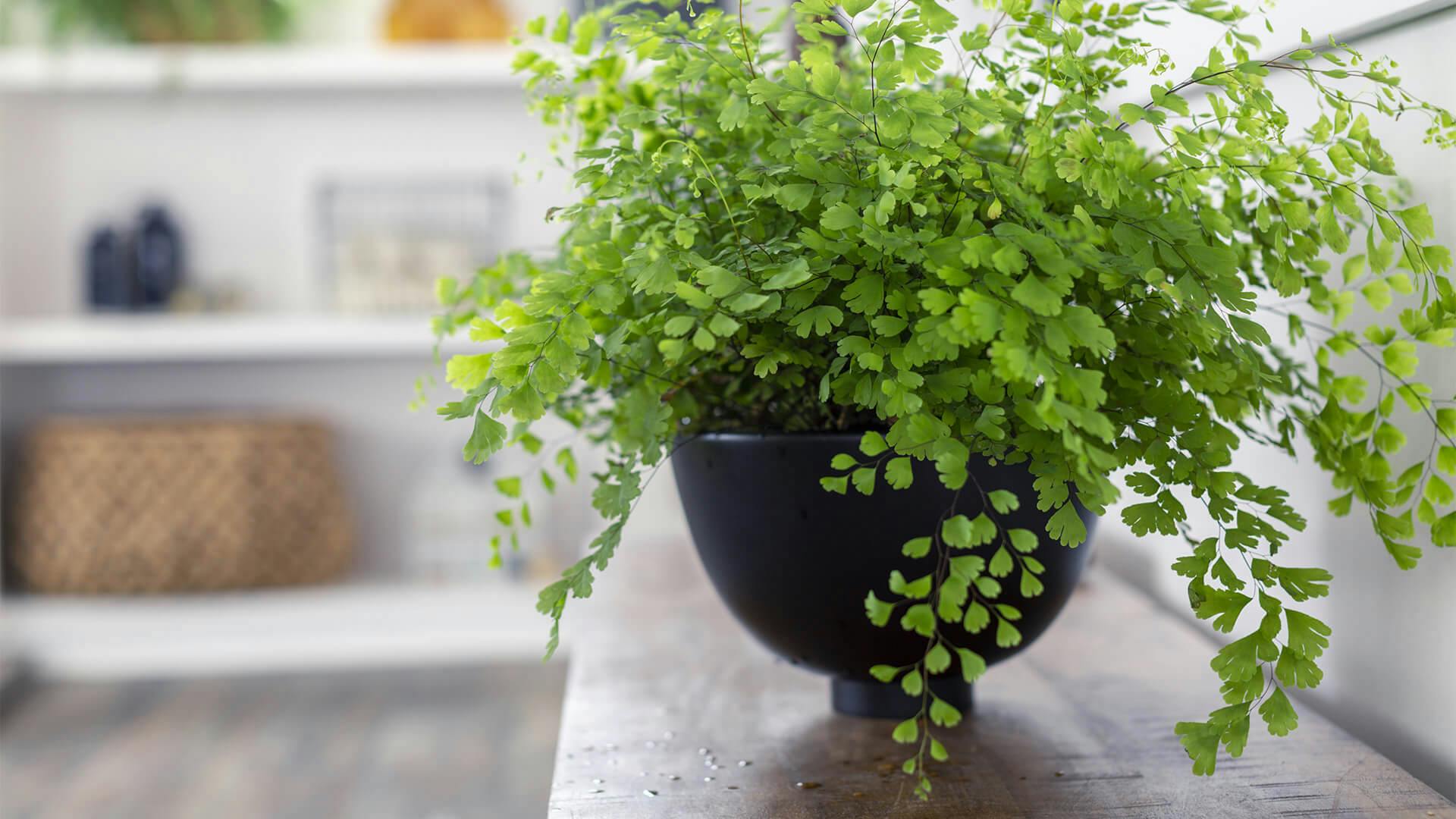
We hear all the time about how to maintain our health and wellbeing. Exercise. Sleep. Healthy food. So, would it surprise you to know that light also plays a large part in your health, wellbeing, and mood? Well, it does, and in some surprising ways.
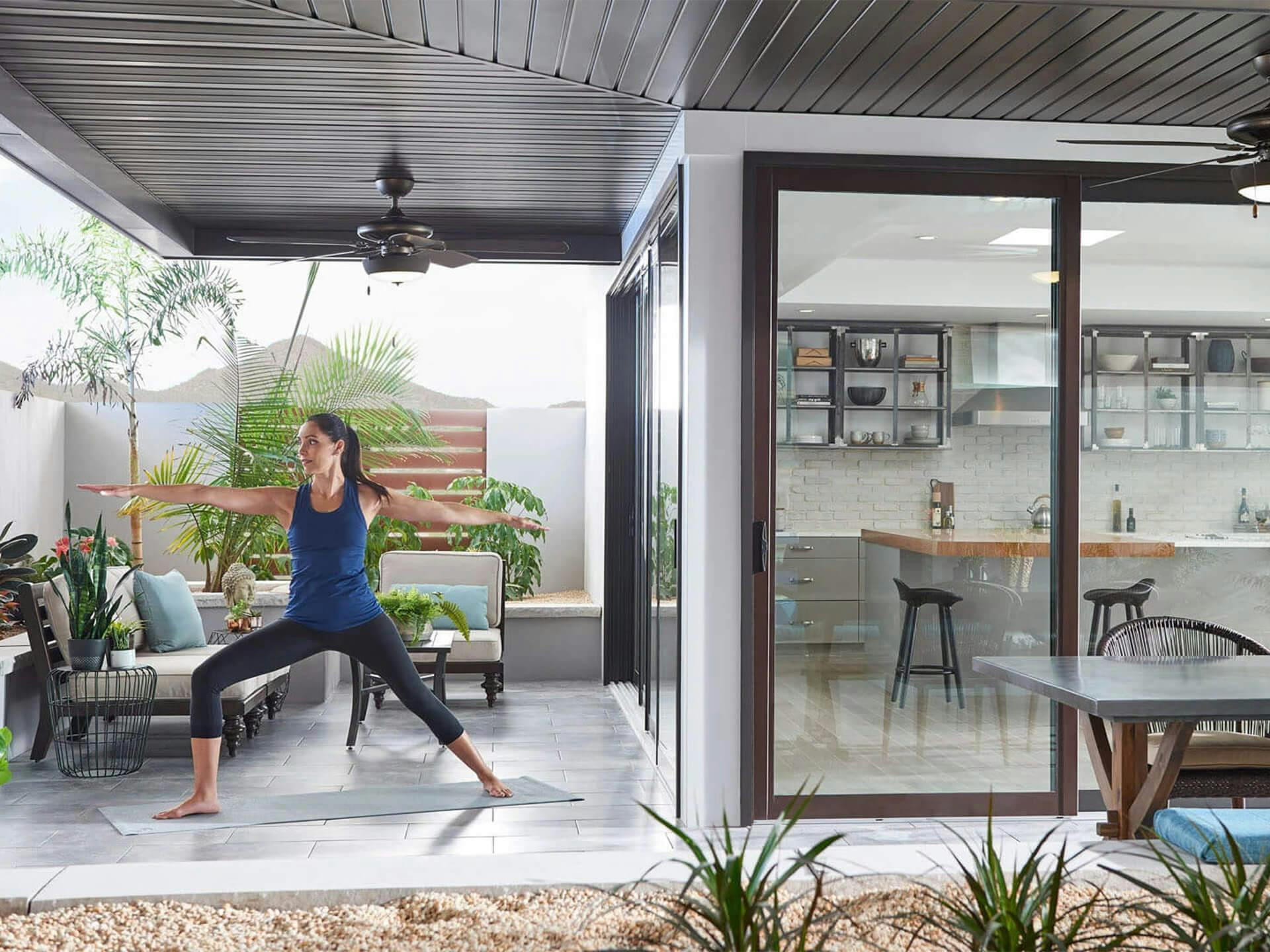
Color Temperature
Measured in Kelvin on a scale of 1,000-10,000, color temperature describes the appearance of the illumination provided by a bulb. The lower the Kelvin number, the more orange/red/yellow the light (like a sunset). The higher the Kelvin, the more blue the light appears (think, your computer screen). For the entirety of human history until the last two hundred years, humans lived with the following light schedule, according to the sun.
Sunset: 2,500K, low, angled light
Sunrise: 3,000K, low, angled light
Midday: 6,500K, direct light
That is the light our bodies have evolved with and adjusted to throughout history. With the invention of electricity and the following rapid adoption of technology and screens, we’re often throwing off our body’s natural circadian rhythm with light that’s inconsistent with what our bodies need. In your home, there are a few things you can do to let light help you feel your best.
To help you visualize the differences, see the table below for light output at different Kelvin temperatures.
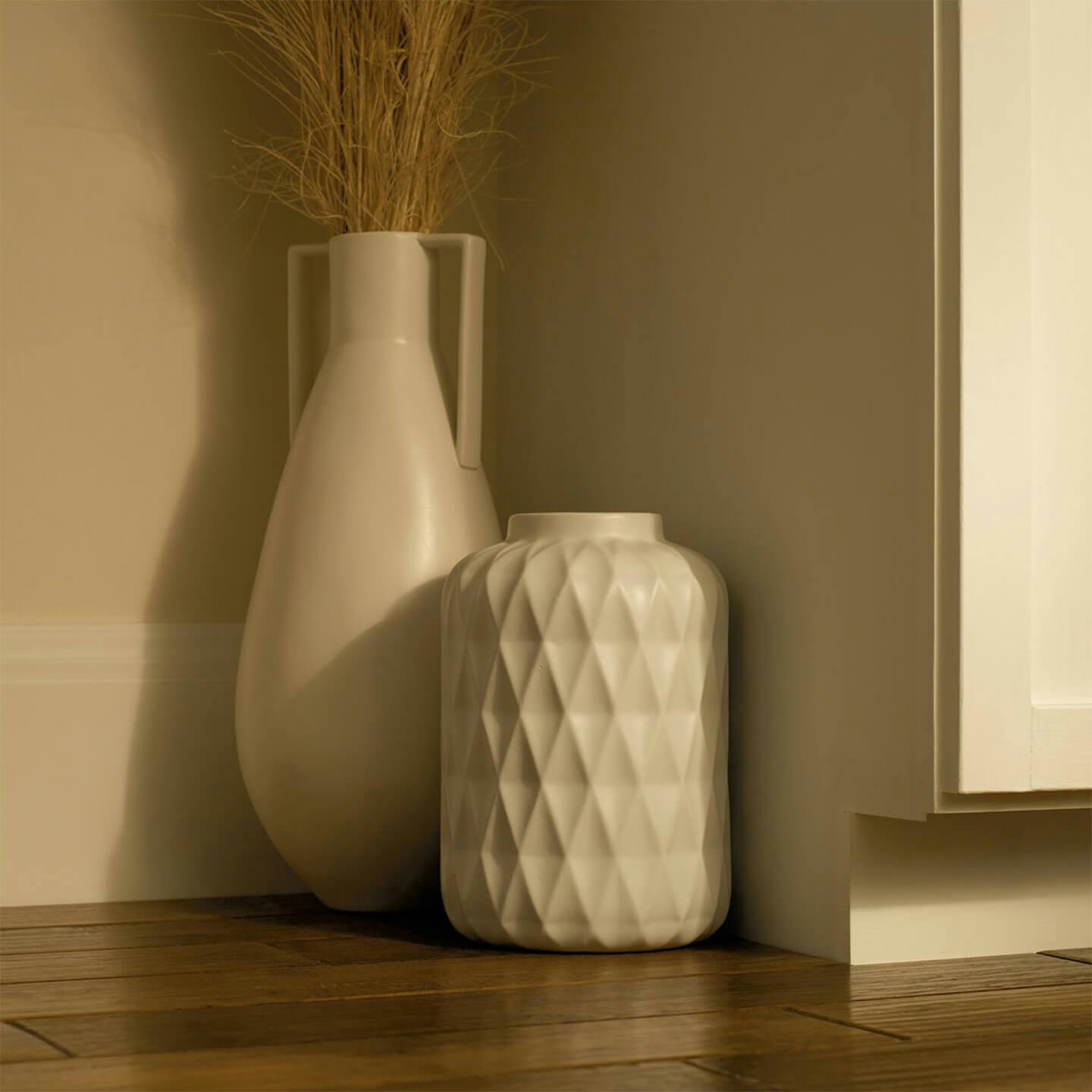
2400K
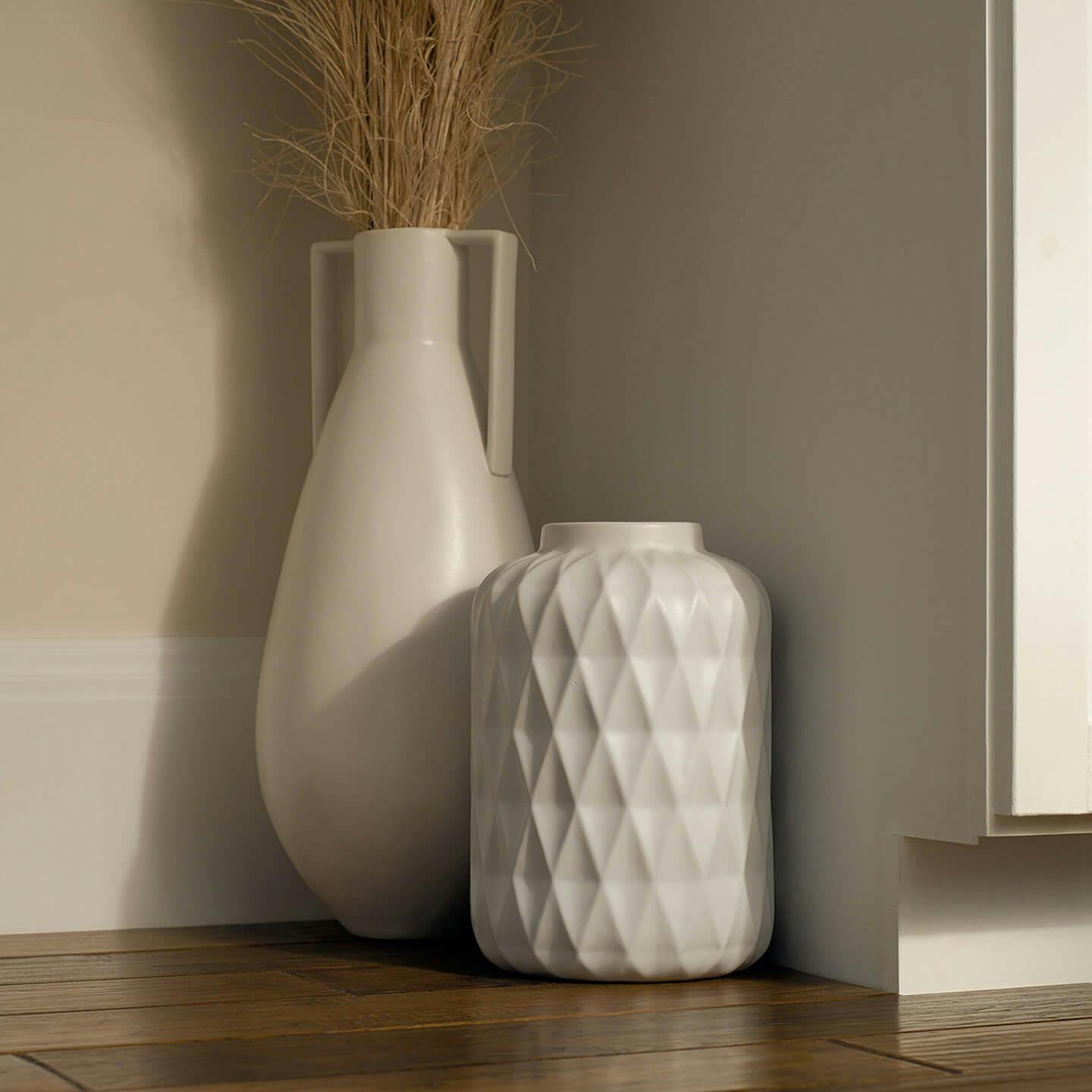
2700K
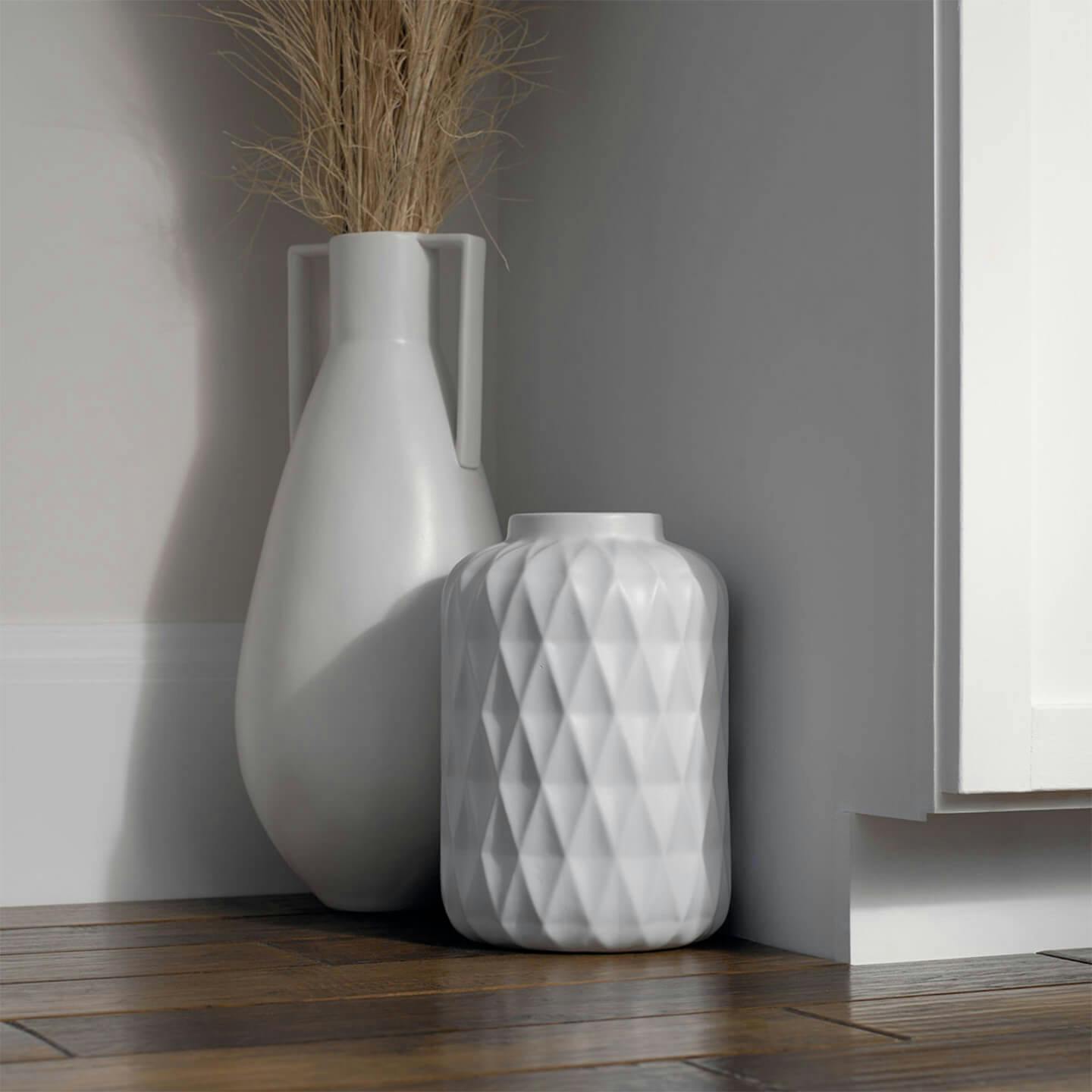
3000K
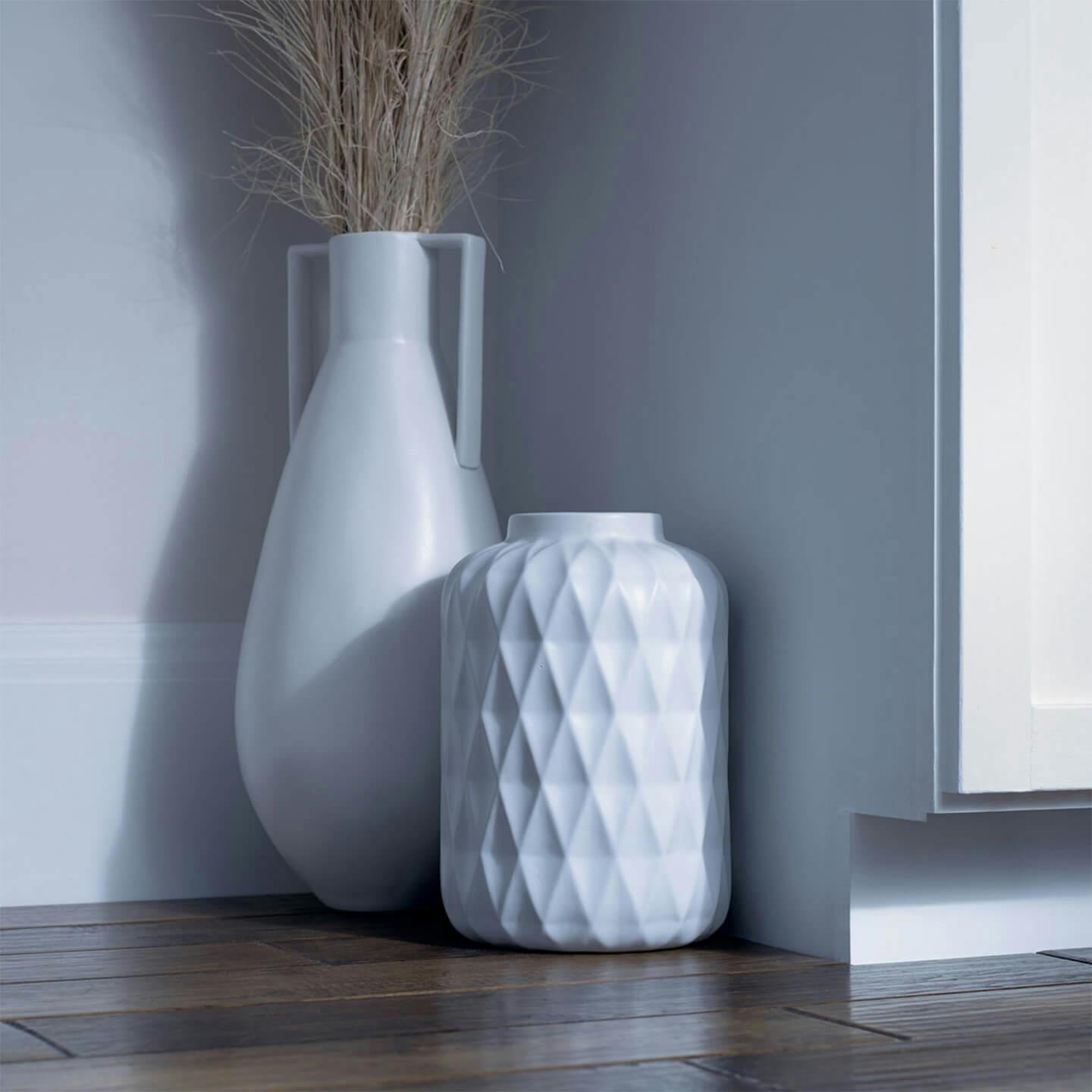
5000K
LED Lights
Contrary to fluorescent lights, in which the gas is constantly moving to maintain the light, LED is a constant, stable white light that mimics the sun. LED lights can be tied even closer to the natural light of day with dimmers, that allow for early morning and evening dim lights, to simulate the sun’s rising and setting and keep our bodies in our natural rhythm.
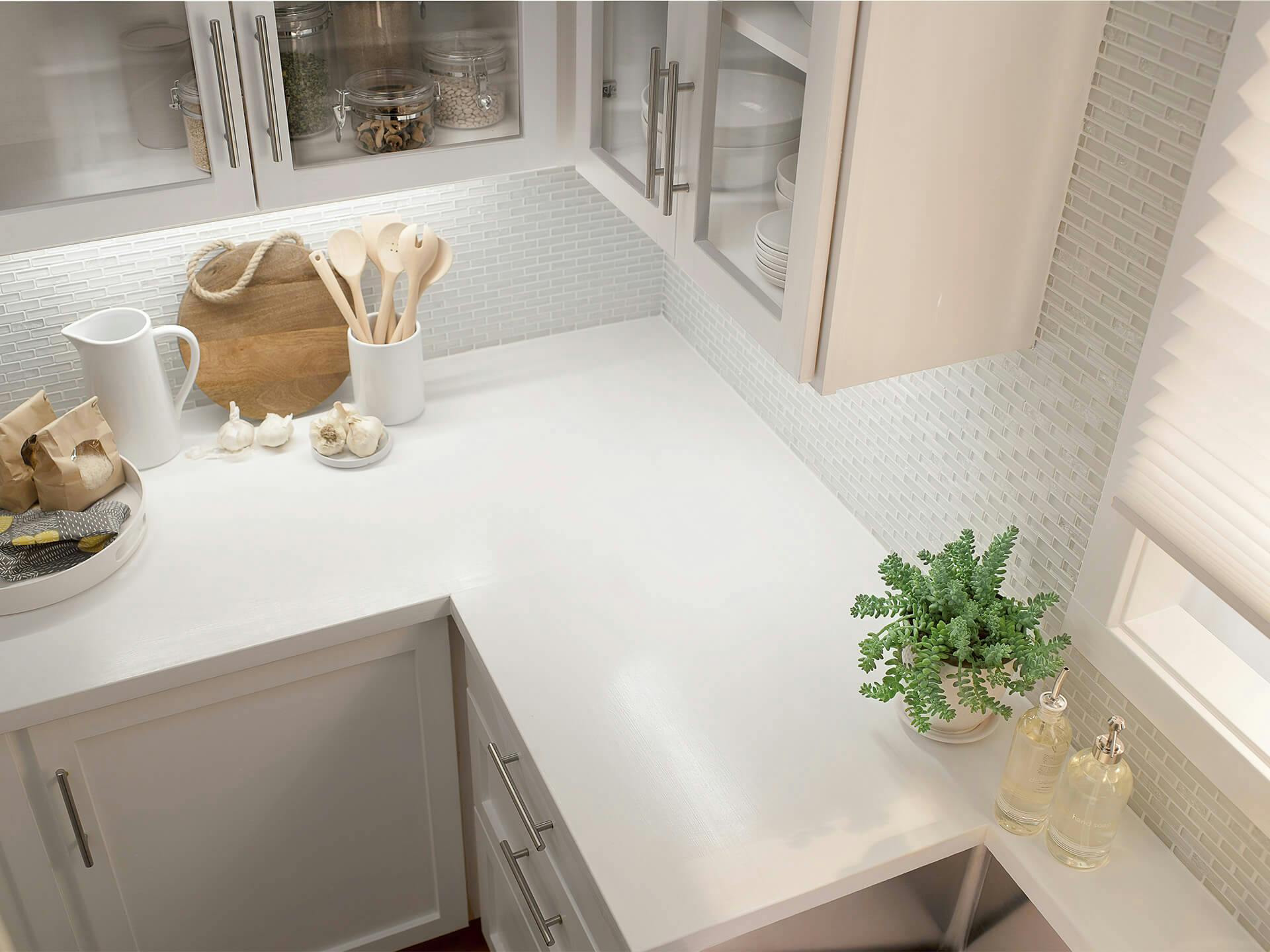
Light Layers
Direct lighting can sometimes be harsh and distracting while keeping important task areas in the dark. Layering light under cabinets, under stairs, or in-wall nooks, can help to illuminate task areas and can also be used as low, indirect morning or evening light. Layering light behind mirrors serves yet another purpose, which allows you to fully view yourself with no shadows from overhead lights.
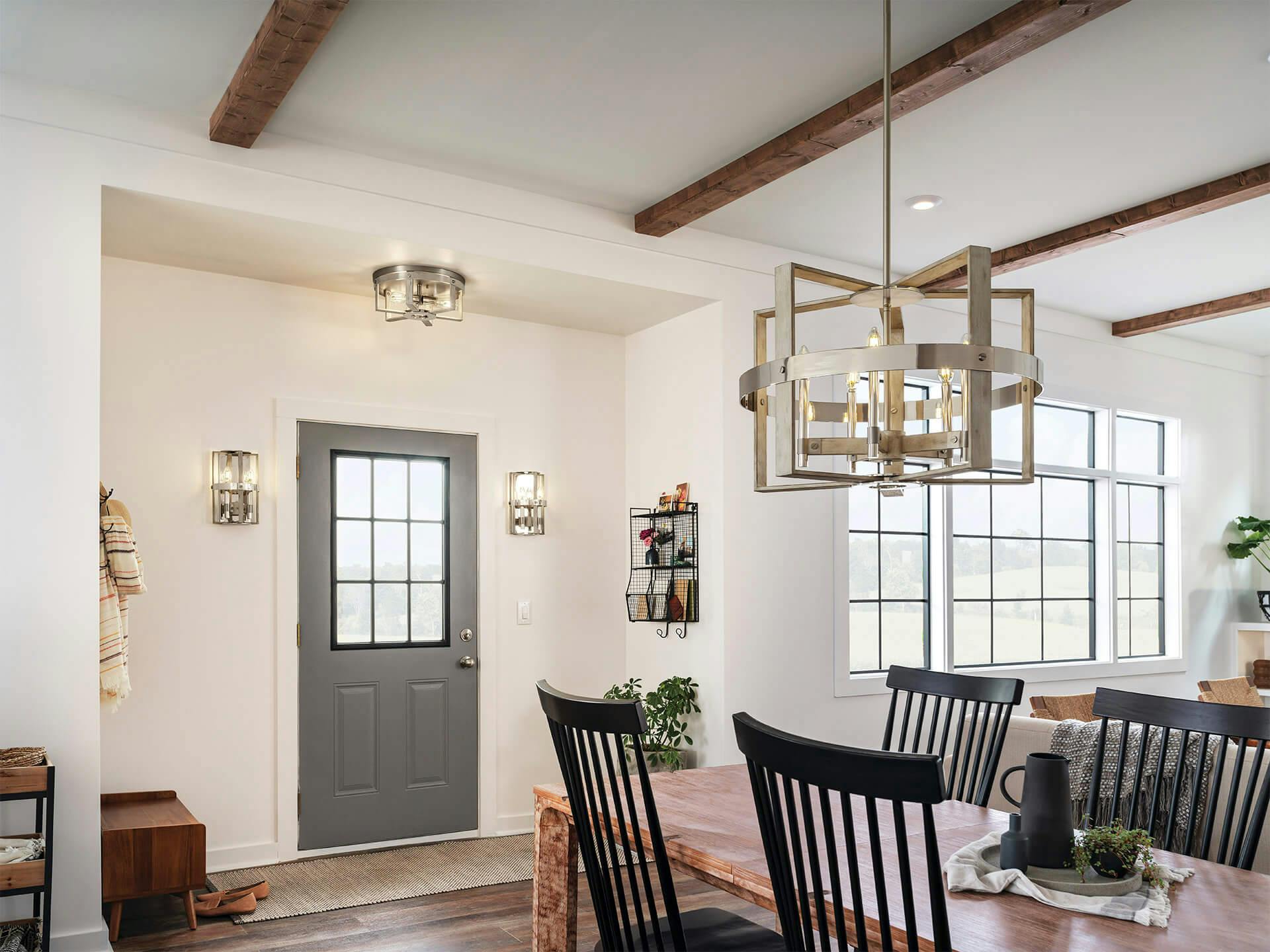
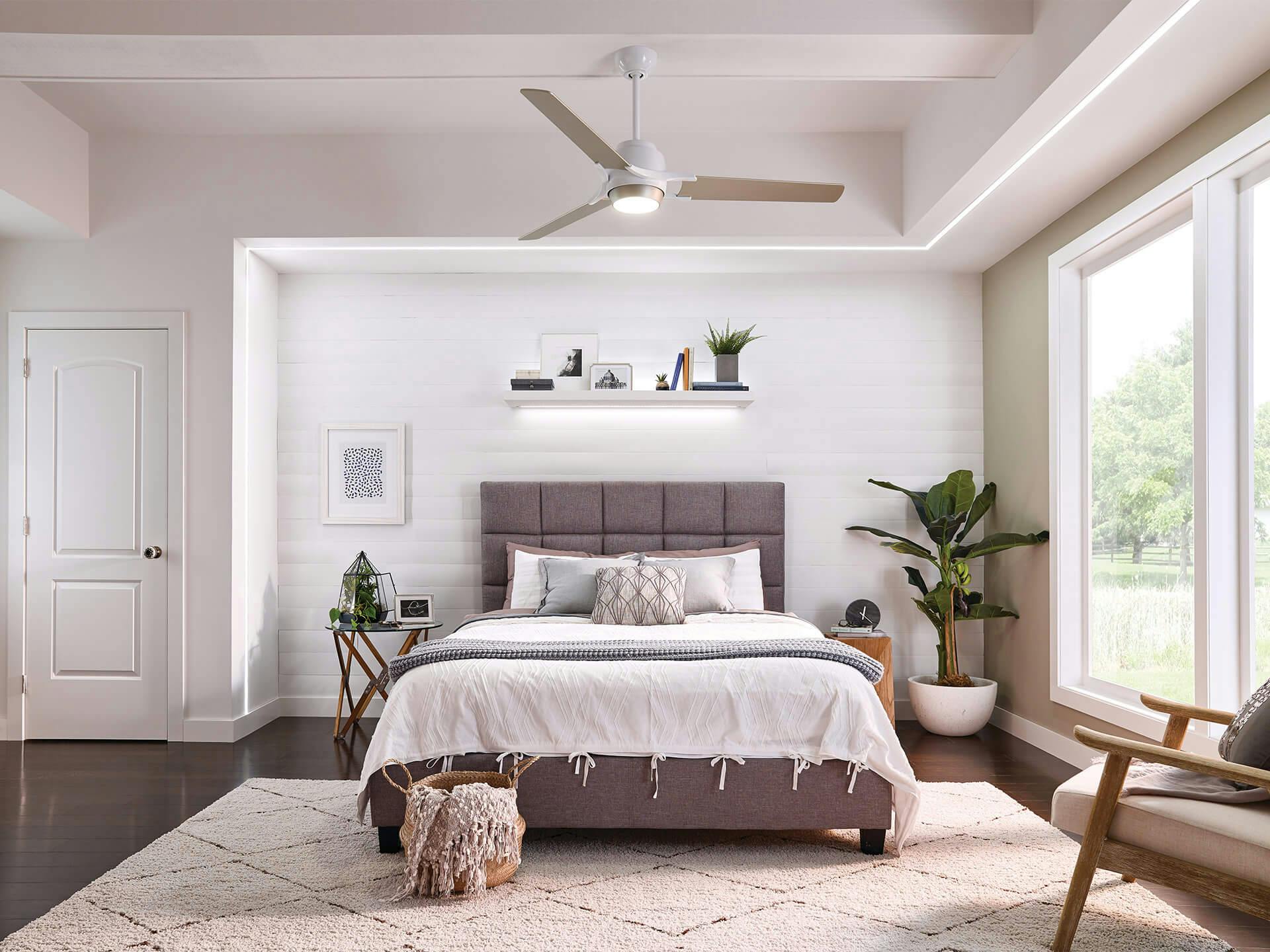
Setting your Mood
Lighting has the power to transform a space from energetic to cozy to natural, with the flick of a switch. It can set the mood for your room and your day. We have uncovered five lighting effects that help you set the intention in your space.
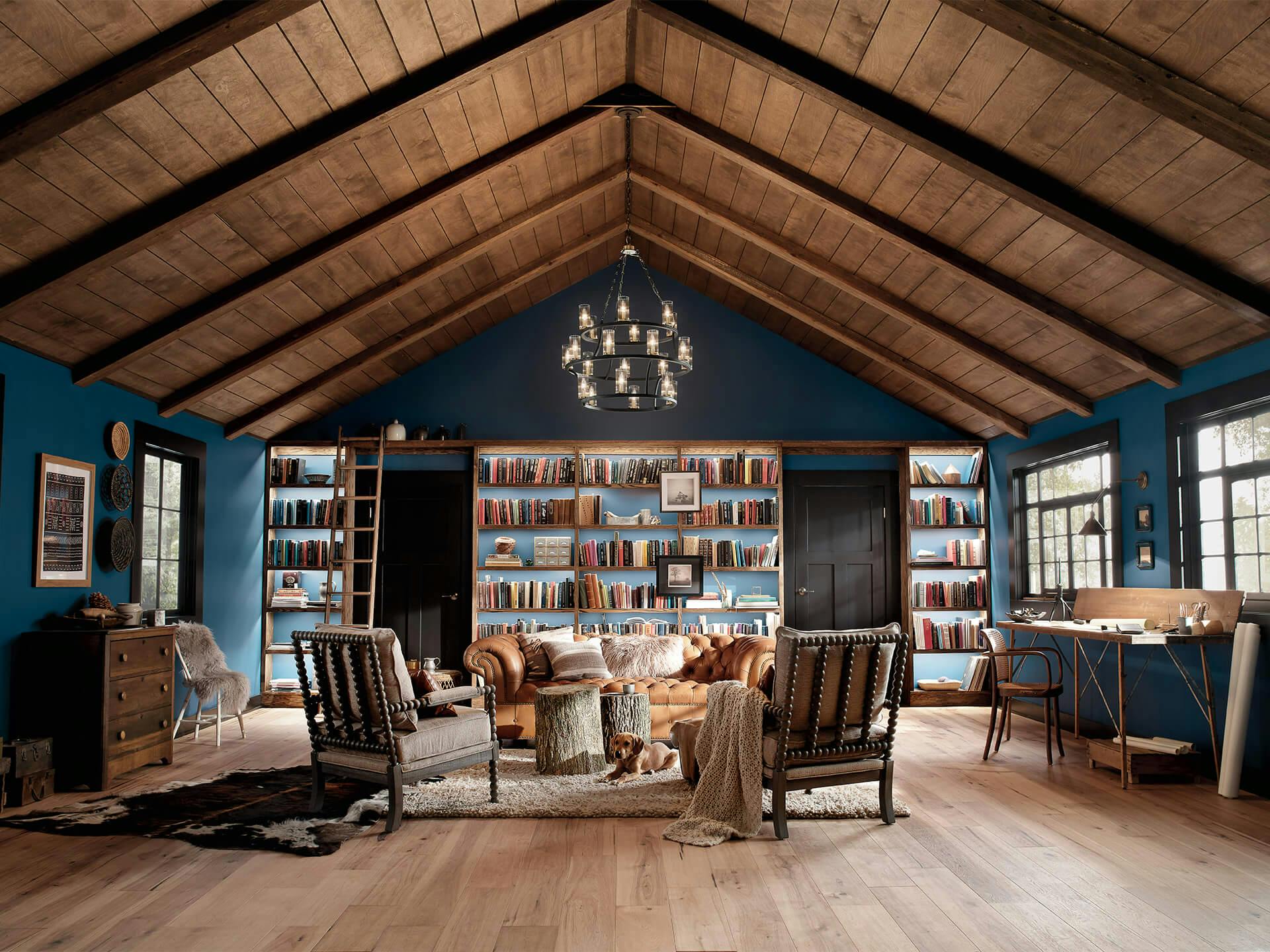
With the right temperature, the right type of lights, and by adding light layers, you can improve your wellbeing, mental focus, sleep schedule, and mood, with the added benefit of improving the look of your home.